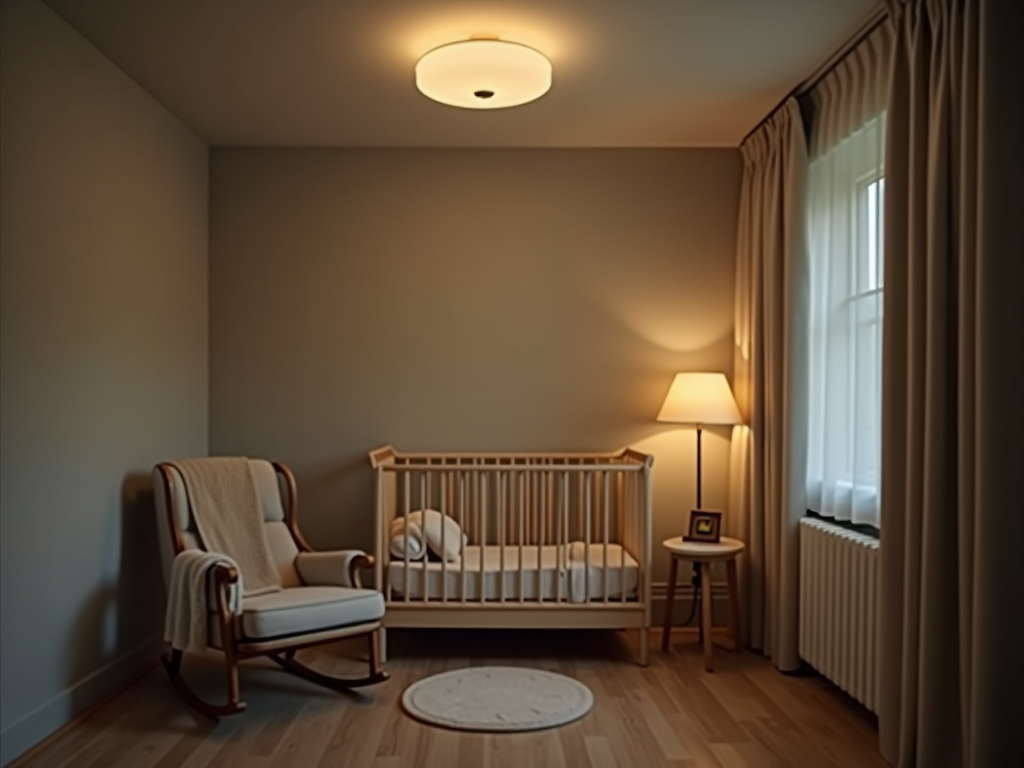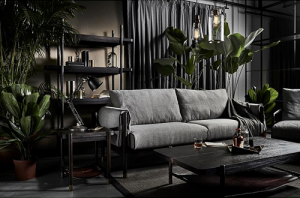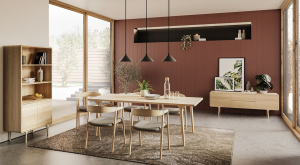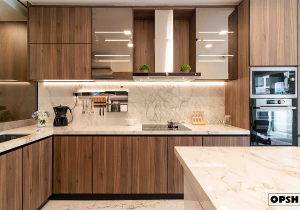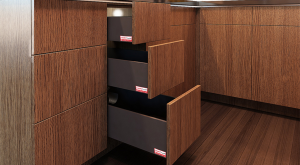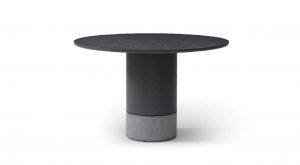Featured Post
Choosing the Right Lighting for Your Child's Room
Overview
Choosing the right lighting for your child's room is more than just picking a pretty lamp. It’s about safety, comfort, and creating a space where your child can thrive. This guide offers practical advice to help you light up your little one’s room the smart way.
Why Lighting Makes a Difference
Lighting isn’t just about seeing in the dark—it shapes your child’s room in big ways. Good lighting keeps them safe, helps them relax, and makes everyday tasks easier. Let’s break it down:
- Safety: Bright lights prevent trips and falls, especially at night.
- Comfort: Soft lighting can calm your child and ease them into sleep.
- Functionality: Clear light is key for reading, playing, or homework.
- Mood: Warm lights soothe, while bright ones energize.
Think about your child’s daily routine. The right setup can make bedtime smoother and playtime more fun.
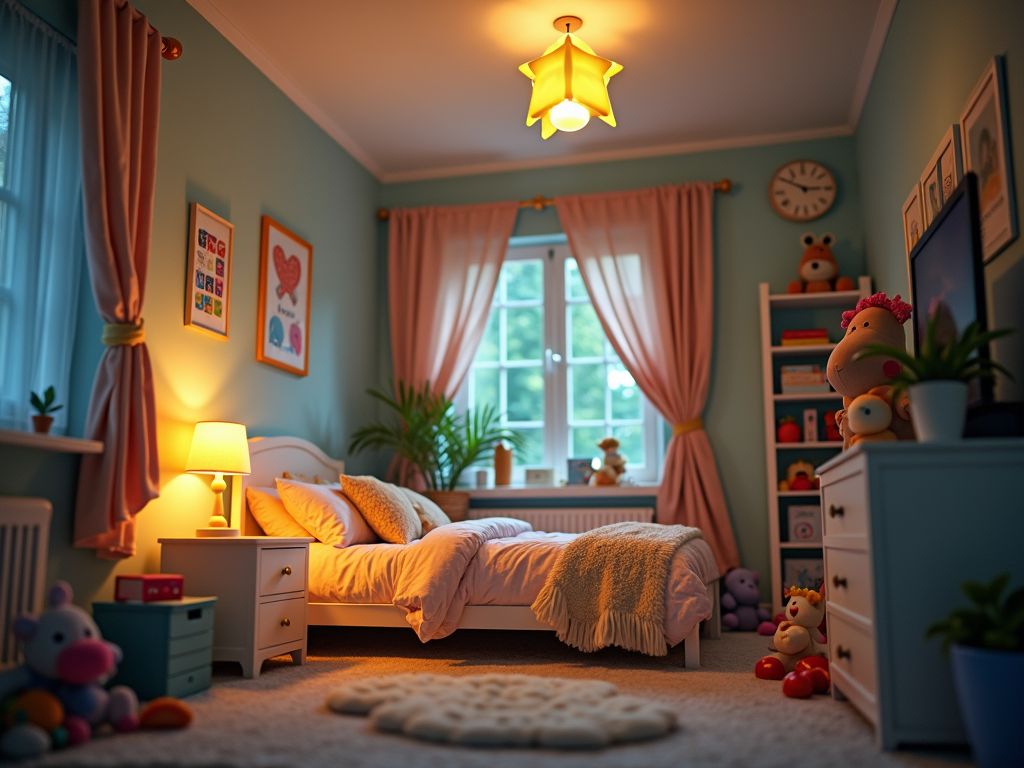
Types of Lighting You’ll Need
Your child’s room needs a mix of lights to work well. Here are the main types to consider:
- Ambient Lighting: This is your room’s main glow—think ceiling lights or chandeliers. Pick something bright but gentle.
- Task Lighting: Perfect for reading or crafts. A desk lamp or wall light does the trick.
- Accent Lighting: Adds personality. String lights or LED strips can highlight a cool poster or shelf.
- Night Lights: A soft glow for comfort. Great for kids who don’t like the dark.
Mix these wisely to cover all your child’s needs.
Picking the Best Bulbs
The bulbs you choose matter as much as the fixtures. Here’s a quick rundown:
| Bulb Type | Pros | Cons |
|---|---|---|
| LED | Saves energy, lasts long | Costs more upfront |
| CFL | Energy-efficient | Slow to brighten |
| Incandescent | Warm, cozy light | Burns out fast, uses more power |
Go for LEDs if you can—they’re safe and versatile. Aim for warm light (around 2700K) for relaxing and cooler light (around 5000K) for focus.
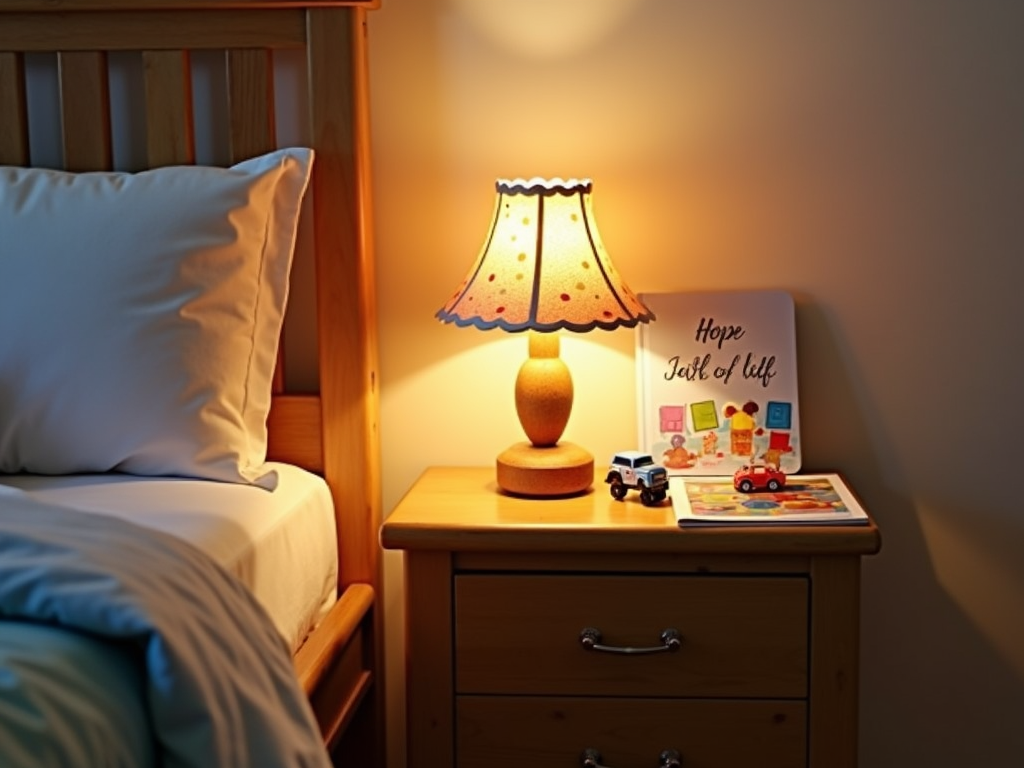
Keep Safety First
Kids are curious and active, so safety is non-negotiable. Here’s what to watch for:
- Skip Floor Lamps: They tip over too easily. Stick to ceiling or wall lights.
- Hide Cords: Loose cords are risky—tuck them away or use cord clips.
- Choose Tough Materials: Shatterproof fixtures survive rough play.
- Add Dimmers: Control the brightness for nap time or late-night checks.
A safe room lets your child explore without worry.
Nightstands: A Lighting Partner
A nightstand isn’t just for storage—it can boost your lighting plan. Here’s how to pick the perfect one:
- Right Size: It should fit next to the bed without crowding the room.
- Storage: Drawers or shelves hold bedtime stuff like books or a sippy cup.
- Lamp Space: Make sure it can handle a small lamp for reading.
- Safe Design: Rounded edges and a sturdy build are musts.
- Fun Look: Match it to your child’s style—bright colors or cool shapes work great.
Check out 10 Tips for Choosing the Perfect Nightstand for Your Child’s Bedroom for more ideas!
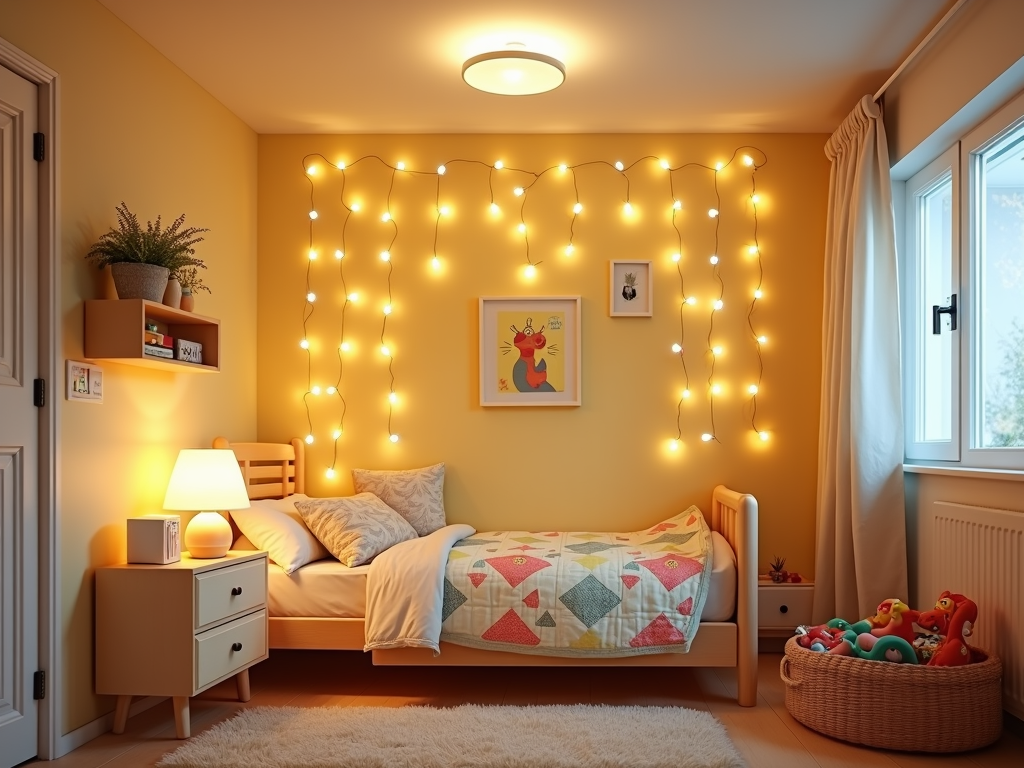
How to Design a Kid-Friendly Bedroom
Lighting ties into the bigger picture of your child’s space. Here are extras to make it awesome:
- Bold Colors: Bright walls or bedding spark creativity.
- Safe Furniture: Pick pieces that won’t tip and have smooth edges.
- Storage: Bins and shelves keep clutter in check.
- Kid Input: Let them add their favorite toys or drawings.
A well-lit, thoughtful room grows with your child.
Lighting Tips for Different Ages
Your child’s age changes what they need:
- Babies (0-2): Soft night lights and dimmable ceiling lights for late-night feedings.
- Toddlers (3-5): Add playful accent lights and a sturdy nightstand for books.
- School Age (6-12): Task lighting for homework, plus fun designs they’ll love.
Adjust as they grow to keep the room just right.
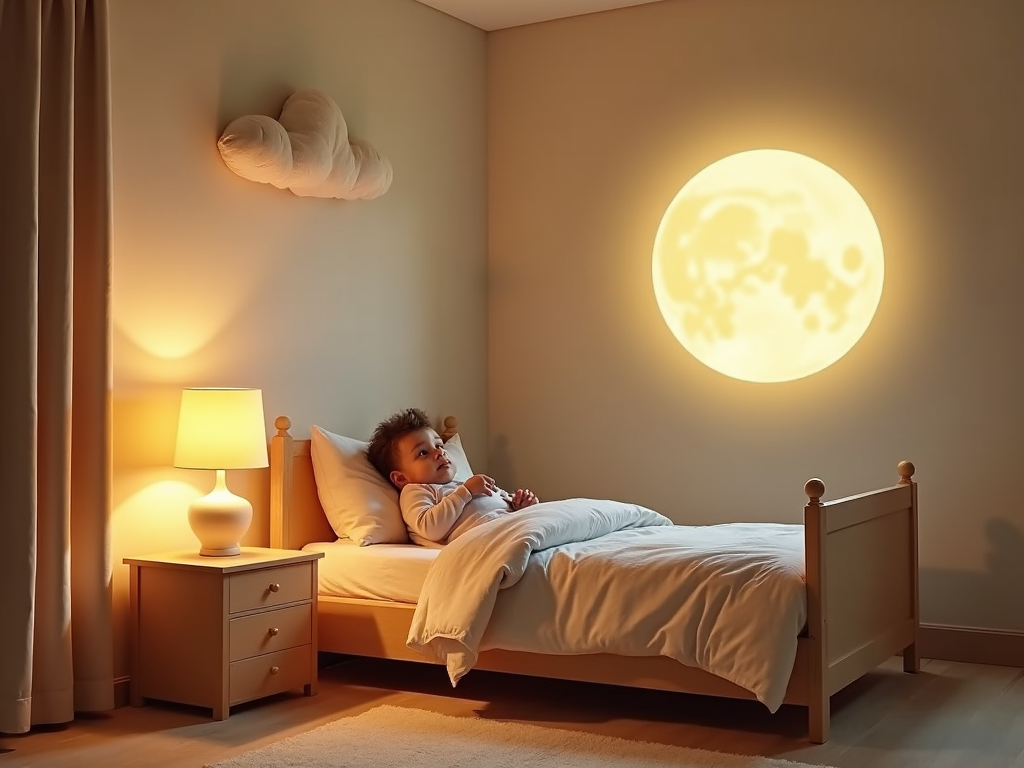
Getting Creative with Lighting
Make it fun! String lights in a canopy over the bed feel magical. A lamp with a shade they decorate adds a personal touch. Even a night light shaped like their favorite animal can turn bedtime into an adventure. Small tweaks like these make the room special.
Avoid These Common Mistakes
Parents sometimes miss the mark. Don’t:
- Overdo Brightness: Too much light keeps kids awake.
- Ignore Placement: Lights too low or in reach can cause trouble.
- Forget Flexibility: Fixed lights limit changes as your child grows.
Plan ahead to save time and hassle.

Shopping Smart
When you’re ready to buy, keep it simple:
- Check Reviews: See what other parents say about durability.
- Test Brightness: Bring your child along if possible—see what they like.
- Budget Wisely: Spend on quality for main lights, save on accents.
A little research goes a long way.
Summary
Choosing the right lighting for your child’s room blends safety, style, and practicality. From ceiling lights to nightstands for kids’ bedrooms and nurseries, every choice counts. Use these tips to create a space that’s bright, cozy, and ready for anything your child dreams up.
